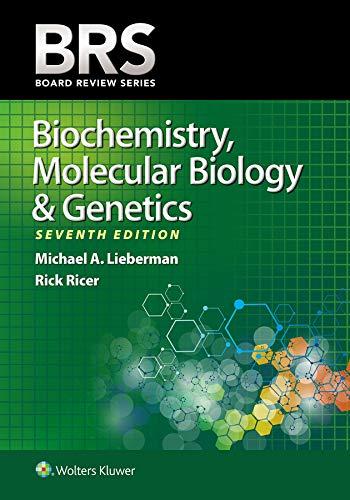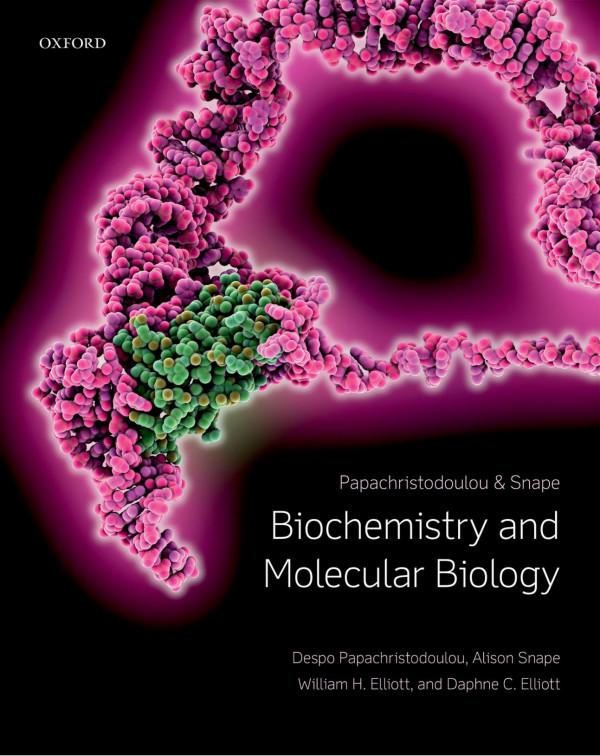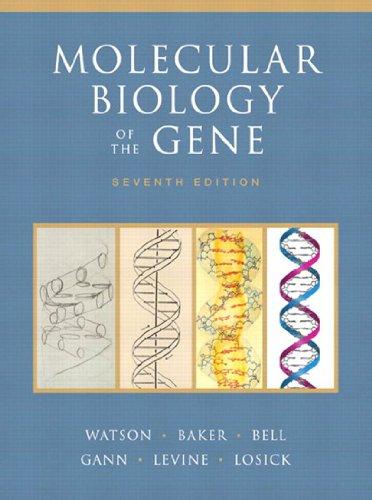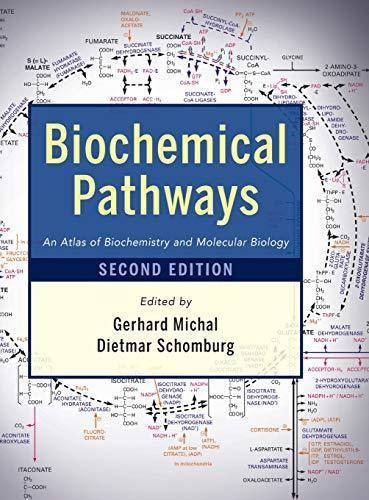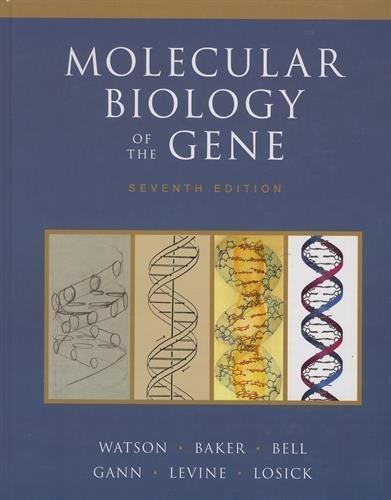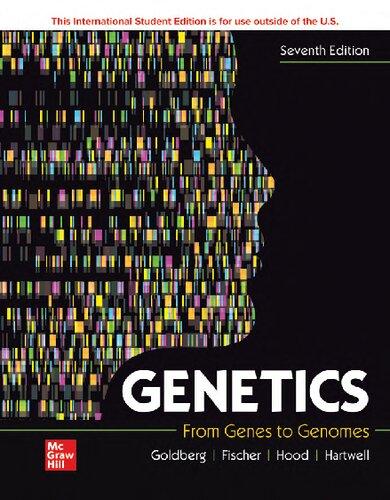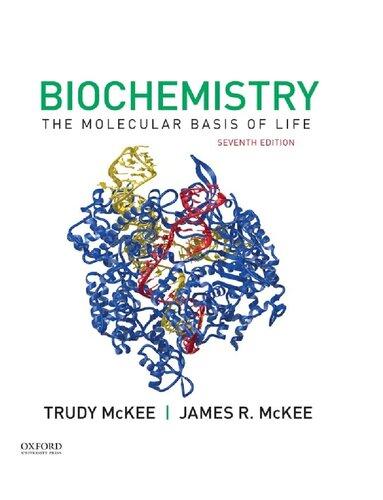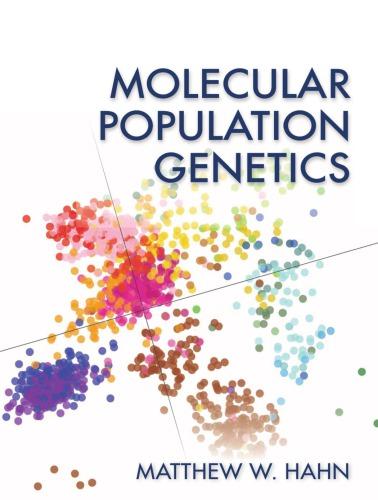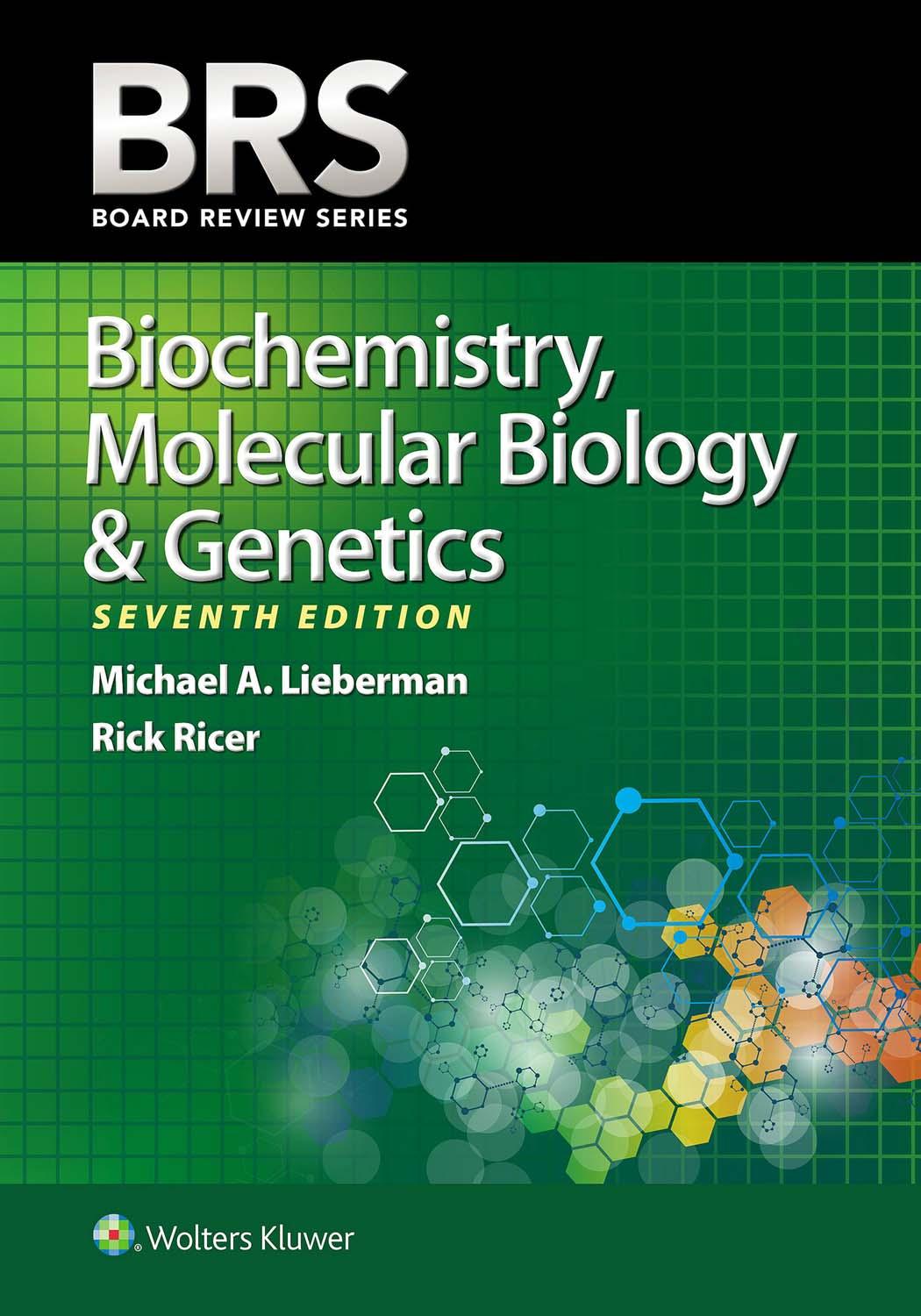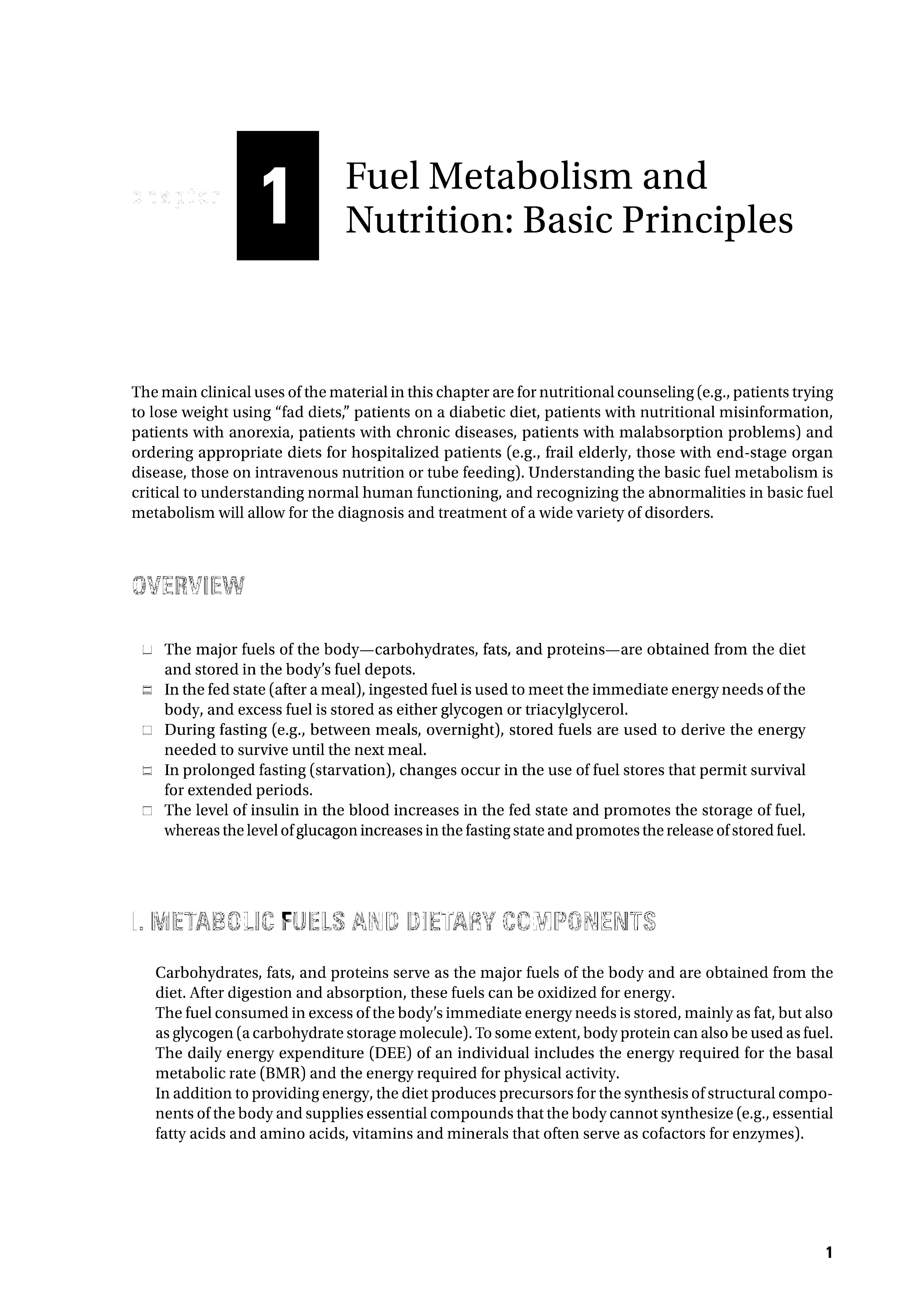How to Use This Book
Anyone who has been teaching for a number ofyears blows thatstudents, particularly those in medical school or In other programs within the health sciences, do not have an infinite amount of time to study or to review any given course. Therefore, this book was designed to make it easier for you to review biochemistry only at the depth you require, depending on the purpose of your review and the amount of time you have available.
Each chapter begins with an overview In a shaded box thatserves as asummation ofthe topics that will be covered in the chapter. They also help you review essential information qulcldy and reinforce key concepts.
Clinical Correlates in each chapter provide additional clinical insight and relate basic biochemistry to actual medical practice. They are designed to challenge you and encourage assimilation of information.
After you finish a chapteli try the questions and compare your answers with those in the explanations. As biochemistry is being integrated with other disciplines on NBME exams, a number of clinical questions require knowledge from outside of a biochemistry class and has not been reviewed in this text. If you have difficulty with the questions, review the chapter and also look up relevant material from other courses In your curriculum for those questions that Integrate biochemistry with another dJsclpllne. In addition to the questions In the print book, theze are bonus questions available in the onllne supplement for further self-assessment and exam practice.
By following the process outlined above, you can save time by reviewing only the topics you need to review and by concentrating only on the details you have forgotten.
Michael A. Lieberman, PhD Rick Ricer, MD
Preface v Acknowledgments vi How to Use 1his Book vil
1. FUEL METABOLISM AND NUTRITION: BASIC PRINCIPLES 1
Overview I
I. Metabolic Puels and Dietary Components I
II. The Fed or Absorptive State 5
Ill. Fasting 7
IV. Prolonged Fasting (Starvation) 9 Review Test 12
2. BASIC ASPECTS OF BIOCHEMISTRY: ORGANIC CHEMISTRY, ACID-BASE CHEMISTRY, AMINO ACIDS, PROTEIN STRUCTURE AND FUNCTION, AND ENZVME KINETICS 20
Overview 20
I. A BriefReview of Organic Chemistry 20
II. Acids, Bases, and Buffers 21
Ill. Amino Acids and Peptide Bonds 23
IV. Protein Structure 26
V. Enzymes 35 Review Test 40
3. GENE EXPRESSION (TRANSCRIPTION), SYNTHESIS OF PROTEINS (TRANSLATION), AND REGULATION OF GENE
EXPRESSION 52
Overview 52
I. Nucleic Acid Structure 53
II. Synthesis of DNA (Replication) 59
Ill. Synthesis of RNA (Transcription) 66
IV. Protein Synthesis (Translation of mRNA) 70
V. Regulation of Protein Synthesis 77
VI. Recombinant DNA and Medicine 86 Review Test 96
4. CELL BIOLOGY, SIGNAL TRANSDUCTION, AND THE MOLECULAR BIOLOGY OF CANCER 109
Overview 109
I. Compartmentation in Cells: Cell Biology and Biochemistry 110
II. Cell Signaling by Chemical Messengers 116
Ill. The Molecular Biology of Cancer 125
IV. Cancer and Apoptosis 131
V. Cancer Requires Multiple Mutations 132
VI. Viruses and Human Cancer 133
Raviaw last 134
5. GENERATION OF ATP FROM METABOLIC FUELS AND OXYGEN TOXICITY
Overview 145
I. Bioenergetics 145
II. Properties of Adenosine Triphosphate 147
Ill. Electron Carriers and Vitamins 148
IV. Tricarboxylic Acid Cycle 155
V. Electron Transport Chain and Oxidative Phosphorylation 160
VI. Oxygen Toxicity and Free-Radical Injury 165
Raviaw Tast 170
6. CARBOHYDRATE METABOLISM
Overview 181
I. Carbohydrate Structure 181
II. Proteoglycans, Glycoproteins, and Glycolipids 185
Ill. Digestion of Carbohydrates 188
IV. Glycogen Structure and Metabolism 190
V. Glycolysis 197
VI. Gluconeogenesis 205
VII. Fructose and Galactose Metabolism 210
VIII. Pentose Phosphate Pathway 213
IX. Maintenance ofBlood Glucose Levels 216
Raviaw Tast 220
7. LIPID AND ETHANOL METABOLISM
Overview 230
I. Lipid Structure 232
II. Membranes 233
Ill. Digestion ofDietaryTriacylglycerol 234
IV. Fatty Acid and Triacylglycerol Synthesis 236
V. Formation of Triacylglycerol Stores in Adipose Tissue 242
Contents
VI. Cholesterol and Bile Salt Metabolism 243
VII. Blood Lipoproteins 246
VIII. Fate of Adipose Triacylglycerols 251
IX. Fatty Acid Oxidation 252
X. Ketone Body Synthesis and Utilization 257
XI. Phospholipid and Sphingolipid Metabolism 259
XII. Metabolism of the Eicosanoids 262
XIII. Ethanol Metabolism 264
Review Test 267
8. NITROGEN METABOLISM: AMINO ACIDS, PURINES, PYRIMIDINES, AND PRODUCTS DERIVED FROM AMINO ACIDS
Overview 277
I. Protein Digestion and Amino Acid Absorption 278
II. Addition and Removal of Amino Acid Nitrogen 280
Ill. Urea Cycle 282
IV. Synthesis and Degradation of Amino Acids 284
V. Interrelationships of Various Tissues in Amino Acid Metabolism 292
VI. Tetrahydrofolate, Vitamin B12, and S-Adenosylmethionine 296
VII. Special Products Derived from Amino Acids 299
Review Test 311
9 MOLECULAR ENDOCRINOLOGY AND AN OVERVIEW OF
TISSUE METABOLISM
Overview 323
I. Synthesis of Hormones 323
II. General Mechanisms of Hormone Action 327
Ill. Regulation of Hormone Levels 327
IV. Actions of Specific Hormones 328
V. Biochemical Functions of Tissues 338
Review Test 347
10. HUMAN GENETICS-AN INTRODUCTION
Overview 356
I. Mendelian Inheritance Patterns 357
II. Genes 357
Ill. Mutations 358
IV. Inheritance Patterns 359
V. A Summary of Inheritance Patterns 364
VI. Cytogenetics 365
VII. Population Genetics 370
VIII. Multifactorial Diseases (Complex Traits) 370
IX. Triplet Repeat Expansions 371
X. Imprinting 371
XI. Epigenetics 373
XII. The Genetics of Tumor Suppressors 373
XIII. Metabolic Genetic Disorders Involving Carbohydrate and Lipid Pathways 375 Review Test 376
Comprehensive Examination 385 Index 421
Fuel Metabolism and Nutrition: Basic Principles
The main clinical uses of the material in this chapter are for nutritional counseling (e.g., patients trying to lose weight using "fad diets;' patients on a diabetic diet, patients with nutritional misinformation, patients with anorexia, patients with chronic diseases, patients with malabsorption problems) and ordering appropriate diets for hospitalized patients (e.g., frail elderly, tho ~ th end-stage organ disease, those on intravenous nutrition or tube feeding). Understanding the oasie fuel metabolism is critical to understanding normal human functioning, and recognizing th@ abnormalities in basic fuel metabolism will allow for the diagnosis and treatment of a wide varieey, of isoroers.
OVERVIEW
The major fuels of the body-carbohydrates, fats, and proteins-are obtained from the diet and stored in the body's fuel depots.
In the fed state ( after a meal), ingested fue , is used to meet the immediate energy needs of the body, and excess fuel is stored as eit r glycog->11 or triacylglycerol.
During fasting (e.g., between meals, overnight), stored fuels are used to derive the energy needed to survive until the next meal.
In prolonged fasting (starvation), changes occur in the use offuel stores that permit survival for extended periods.
The level of insulin in the Blood increases in the fed state and promotes the storage of fuel, whereas the level ofg ucagon increases in the fasting state and promotes the release of stored fuel.
I. METABOLIC FUELS AND DIETARY COMPONENTS
Carbohydrates, fats, and proteins serve as the major fuels of the body and are obtained from the diet. After digestion and absorption, these fuels can be oxidized for energy.
The fuel consumed in excess of the body's immediate energy needs is stored, mainly as fat, but also as glycogen ( a carbohydrate storage molecule). To some extent, body protein can also be used as fuel. The daily energy expenditure (DEE) of an individual includes the energy required for the basal metabolic rate (BMR) and the energy required for physical activity.
In addition to providing energy, the diet produces precursors for the synthesis of structural components of the body and supplies essential compounds that the body cannot synthesize (e.g., essential fatty acids and amino acids, vitamins and minerals that often serve as cofactors for enzymes).
A. Fuels
When fuels are metabolized in the body, heat is generated and adenosine triphosphate (ATP) is synthesized.
1. Energy is produced by oxidizing fuels to C02 and H20.
a. Carbohydrates (when completely oxidized) produce about 4 kcal/g.
b. Pro1eins (when completely oxidized) produce about 4 kcal/g.
c. Fats (when completely oxidized) produce more than twice as much energy (9 kcal/g).
d. Alcohol (ethanol), present in many diets, produces about 7 kcal/g (when completely oxidized).
2. Physicians and nutritionists often use the term calorie in place ofkilocalorie.
3. The heat generated by fuel oxidation is used to maintain body temperature.
4. ATP generated by fuel metabolism is used for biochemical reactions, muscle contraction, and other energy-requiring processes.
B. Composition of body fuel stores (Tabla 1.1)
1. Triacylglycerol (triglyceride)
a. Adipose triacylglycarol is the major fuel store of the body.
b. Adipose tissue stores fuel very efficiently. It has more stored calories per gram and less water (15%) than do other fuel stores. (Muscle tissue is about 80% water.)
2. Glycogen stores, although small, are extremely important.
a. Liver glycogen is used to maintain blood glucose levels during the early stages of fasting.
b. Muscla glycogen is oxidized for muscle contraction. It does not contribute to the maintenance of blood glucose levels under any conditions.
3. Protain does not serve solely as a source of fuel and can be degraded only to a limited extent.
a. Approximately one-third of the total body protein can be degraded.
b. If too much protein is oxidized for energy, body functions can be severely compromised.
C. DEE is the amount of energy required each day
1. BMR is the energy used by a person who has fasted for at least 12 hours and is awake but at rest. A rough estimate for calculating the BMR is as follows:
BMR = 24 kcal/kg bodyweight per day.
The Mifflin-St Jeor equations give a more accurate representation of the BMR. For males, the BMR = (IO X W) + (6.25 X H) - 5(A) + 5, where Wis the weight in kilograms, His the height in centimeters, andAisthe ageinyears.Forfemales, theBMR= (10 X W)+(6.25 X H)- 5(A)- 161.
See Mifflin MD, St Jeor ST, Hill LA, Scott BJ, Daugherty SA, Koh YO. A new prediction equation for resting energy expenditure in healthy individuals. Am J Clin Nutr. 1960;51:241-247.
2. Diet-induced thermogenesis is the elevation in metabolic rate that occurs during digestion and absorption of foods. It is often ignored in calculations because its value is usually unknown and probably small ( < 10% of the total energy).
3. Physical activity
a. The number of calories that physical activity adds to the DEE varies considerably. A person can expend about 5 calories (kcal) each minute while walking but 20 calories while running.
b. The daily energy requirement for an extremely sedentary person is about 30% of the BMR. For a more active person, it may be 50% or more of the BMR.
CUNICAL CORRELATES
The thyroid gland produces thyroid hormone, which has profound effects on a person's BMR. One of the most common forms of hyperthyroidism is Graves diHaH. In this disease, the body produces antibodies that stimulate the thyroid gland to produce excess thyroid hormone. The disease is characterized by an elented BMR, an enlarged thyroid {goiter), protruding eyes, nervousness, tremors, palpitations, excessive perspiration, and weight loss. Hypothyroidism results from a deficiency af tflyroid honnane. The BMR is dacre1S1d, and mucopolysa ccharides accumulate on the vocal cords and in subcutaneous tissue. The common symptoms are lethargy, dry skin, a husky voice, decreased memory, and weight gain.
D. Body man index (BMI) is utilized to determine a heahhy body weight 1. The BMI is defined as the value obtained when the weight (in kilogram) is divided by the height (in meters) squared:
BMl=kg/m2
1. Table 1.2 indicates the interpretation ofBMI values.
CLINICAL CORRELATES
There are a number of disorders related to abnormal BM I values, some of which are lifestyle induced. Obnity is associated with problems such as hypertension, cardioqscular disease, and type 2 diabetes mtllitus (DM). The treatment involves altering the lifestyle, particularly by decreasing food intake and increasing exercise. Type 2 diabetes is the result of reduced cellular responsiveness to insulin. Insulin production, initially, is normal or even increased when compared with nonna I. Anorexia narvau is characterized by ult-induced weight 1011. Those frequently affected include women wha, in spite of an emaciated appearance, often claim to be "fat It is partially a behavioral problem; those afflicted are obsessed with losing weight People with bulimia suffer from binges of overeating, followed by self-induced v•iting to avoid gaining weight
E. Olflar dietary requirements and recommendations far normal adults 1. Lipids
a. Fat should constitute between 20% and 35% of the total calories, with saturated fatty acids accounting for 10% or less of that total.
b. Cholesterol intake should be no more than 300 mg/day for healthy individuals and less than 200 mg/day in those with established atherosclerosis.
c. E11ential fatty acids (linoleic and u-linolenic acids) are the precursors of the polyunsaturated. fatty acids required for the synthesis of prostaglandins and other eicOMnoids, such as arachidonic acid and eicosapentaenoic acid (EPA). These essential fatty acids can be found in high levels in fish oils.
t a b I e 1.2
Interpretation of BMI Values
Clalllllcttlm BMl(lct/li'I
Underweight <18.50
Nonnel renge 18.SIHUI
Overweight >2.5.00
Praobese 25.IJIH9.99
Obese :<!:30.00
Obese, class I 311.110--34.99
Obese, class II 35.00-39.99
Obese, class Ill (morbidly obesel i!!:40.00
RMI, balfy mass inde:x.
1. Protein
The recommended protein Intake is 0.1 g/kg body weight per day. Protein can be of high or low quality. High-quality protein contains many ofthe easential amino acids and Is usually obtained from dry beans and meat, chicken, or fish products. Low-quality protein is found in many vegetables. It lacks some of the essential amino acids required for the human diet.
CLINICAL CORRELATES
A number of diet plans call for high-pnttain diets. Whan high-protein diets are very low in calories and the protein is of low biologic value, or quality (i.e., lacking in essential amino acids), negative nitrogen llalance results. Body protein is degraded because amino acids are utilized for new protein synthesis or the carbons converted to glucose. A decrease in heart muscle protein can lead to death. Even if the protein is of high quality. ammonia and urea levels rise, putting increased stress on the kidneys. Vitamin deficiencies may occur because of a lack of intake of fruits and vegetables.
a. Essential amino acids
(1) Nine amino acids cannot be synthesized in the body and must therefore be present In the diet in order for protein synthesis to occur. These essential amino acids are histidine, isolaucina, leucine, lysine, methionine, phenylalanine, threonine, tryptophan, and valine.
(2) Only a small amount of histidine is required in the diet; however, larger amounts are required for growth (e.g., for children, pregnant women, people recovering from injuries).
(3) Because arginine can be synthesized only in limited amounts, it is required in 1he diet for growth.
II. Nitrogen balance
(1) Dietary protein, which contains about 16% nitrogen, Is the body's primary source of nitrogen.
(2) Proteins are constantly being synthesized and degraded in the body.
(3) As amino acids are Olidized, the nitrogen is converted to urea and en:retedby the kidneys. Other nitrogen-containing compounds produced from amino acids are also excreted in the urine (uric acid, creatinine, and NH4•).
(4) Nitrogen balance (the normal state in the adult} occurs when the amount of nitrogen excreted in the urine each day (because of amino acid degradation) equals the amount of nitrogen ingested daily (in the form of amino acids).
(5) A negative nitrogen balance occurs when degradation of body protein and excretion of nitrogen exceed the amount of nitrogen ingested. It results from an inadequate amount of protein In the diet or from 1he absence of one or more essential amino acids.
(6) A positive nitrogen balance occurs when degradation of body protein and loss of nitrogen are 1111 than the nitrogen ingested for Iha synthesis of new protein. It occurs during growth and synthesis of new tlasue.
3. Carllohydrates
a. There is no requirement for carbohydrates in the diet because the body can synthesize all required carbohydrates from amino acid carbons.
b. A healthy diet should consist of 45% to 65% of the total calories in the diet as carbohydrates.
4. Vitamins and mineral•
a. Vitamins and minerals are required in 1he diet. Many serve as cofacton for enzymes.
b. Minerals required in large amounts include calcium and phosphate, which serve as structural components of bone. Minerals required in trace amounts include iron, which is a component of heme.
c. The major electrolytes are sodium, potassium, and chloride.
d. Magnesium is often required for enzymes that utlllze ATP.
1. Trace minerals include Iodine, selenium, copper, zinc, and iron, whereas ultratrace minerals are manganese, fiuorine, chromium. and molybdenwn.
II. THE FED OR ABSORPTIVE STATE (Fig.1.1)
• Dietary carbohydrates are cleaved during digestion, forming monosaccharides (mainly glucose), which enter the blood. Glucose is oxidized by various tissue& for energy or is stored as glycogen in the liver and in muscle. In the liver, glucose is also converted to triacylglycerols, which are packaged in very low-density lipoproteins (VLDLs}, and released into the blood. The fatty acids of the VLDL are stored in adipose tissue.
• Dietary fats (biacylgl.ycerols) are digested to fa.tty acids and 2-monoacylglycerols (2-monoglycerides}. These digestive products are resynthesized to triacylglycemls by intestinal epithelial cells, packaged in chylomicrons, and secreted via the lymph into the blood. The fatty acids of chylomfcrons are stored in adipose triacylgl.ycerols. Dietary cholesterol is absorbed by the intestinal epithelial cells and then follows the same fate as the dietary triacylglycerols.
Dietary proteins are digested to amino acids and absorbed into the blood. The amino acids are used by various tissues to synthesize proteins and to produce nitrogen-containing compounds (e.g., purines, heme, creatine, epinephrine), or they are oxidized to produce energy.
A. Digestion and absorption
1. Carbahydrat11
a. Starch, the storage form of carbohydrate in plants, is the major dietary carbohydrate. (1) Salivary a-amylase {In the mouth) and pancreatic e»-amylase (in the intestine) cleave starch to disaccharides and ollgosaccharides.
GUoc.a
Blood © trnsulln Uver Olucclse 0 1@ @ lntullne © Gluc:agon CHO GIUCD98 '1)
F.t © (TO) Chylamlcrcns
FIGURE 1.1. Tha fad state. Tha circled numbers serve as 1 guide, indic1ting 1he 11ppl'Ollim1te order in which tha processes begin to occur. AA. amino acid; acetyl CoA, acetyl coanzyme A; ATP. adanosina 1riphosphata; CHO, carbohydrate; FA, fitly acid; I, insulin; RBC, rad blood calt TCA, 1ricarboxylic acid; TG, 1ri1cylglycarot VLDL. vary law-density lipopratain; $, llimulatad by.
(2) Enzymes with maltase and isomaltase activity (such as gluco1myl111) are foWld in complexes located on the surface of the bl'U8h border of intestlnal epithelial cells. They complete the conversion of starch to glucose.
II. Sucrose and lactose (ingested dlsaccbarldes) are cleaved by enzymes that are part of the complexes located on the surface of intestlnal epithellal cells.
(1) Suaasa (as part ofthe suc11l9-isom11tase camplu) converts sucrose to fructose and gluCOlt. (2) Lact111 converts lactose to glucose and galactole.
c. Mon011cch1rid11 (mainly glucoH and some fructOM and galactoH) are absorbed by the intestinal epithelial cells and pass into the blood. The intestinal epithelial cells do not o:iidize carbohydrates as an energy source because they prefer to utilize glutamine as an energy source.
2. Fats
a. Triacylglycerol is the primary dietary fat. It is obtained from the fat of the plants and animals that serve as food.
II. The trlacylglycerols are emulsified in the intestine by bile salts and digested by pancreatic lipeu to 2-monoacylglycerols and fatty acids, which are packaged Into micelles (solubilized by bile salts) and absorbed into intestinal epithelial cells. where they are recO.tIVerted to triacylglycerols.
c. After digestion and resynthesls. the trlacylglycerols are packaged In chylomicrons, which first enter the lymph and then the blood.
3. Proteins
a. Proteins are digeabd first by pepsin in the stomach and then bya series of enzymes in the intestine.
(1) The pancreas produces precursors of trypsin. chymotrypsin. elasta11, and carllox:ypeptidHH, which are activated and act in the lumen of the intestine.
(2) Aminopeptida111. dipeptidasn. and tripeptidasas are associated with the intestinal epithelial cells.
II. Proteins are ultimately degraded to a mixture of amino acids, which then enter intestinal epithelial cells, where some amino acids are metabolized. The remainder pass Into the blood for distribution to the other tissues of the body.
CLINICAL CORRELATES
Cystic fibro1i1 is the most common lethal genetic di1111e among the Caucasian population of the United States. Proteins of cllloride ion cll11nel1 are defective, and both endocrine and exocrine gland functions are affected. Pulmonary disease and pancreatic insufficiency frequently occur. Food, particularly fats and proteins, are only partially digested, and nutritional deficiencies result. Nontropical sprue (adult celiac disease) results from a reaction to glutan, a protein found in grains. The intestinal epithelial cells are damaged, and malabsorption results. Common symptoms are staatormea, diarrhea, and weight loss.
B. Digestive products in tfte blood
1. Honnone levels change when the products of digestion enter the blood.
1. Insulin lnel1 riu principally as a result of increased blood glucose lnel1 and, to a lesser extent, increased blood levels of amino acids.
II. Glucagon Inell fall in response to glucose but rise in response to amino acids. Overall. after a mixed meal (containing carbohydrate, fat, and protein), glucagon levels remain fairly constant or are reduced slighdy in the blood.
2. Glucose and amino acids leave the intestinal epithelial cells and travel through the hepatic portal vein to the liver.
CLINICAL
CORRELATES Type 1 DM leads to difficulty in maintaining appropriate blood glucose levels. In untreated type 1 DM, insulin levels are low or nonexistent because of destruction of the pcells of the pancreas, usually by an autoimmune process. Before insulin became widely available, individuals with type 1 DM behaved metabolically as if 1hey were in a constant state of
starvation. Ingestion of food did not result in a rise in insulin, so fuel was not stored. Muscle protein and adipose triacylglycerol were degraded. Glucose and ketone bodies were produced by tile liver in amounts ttiat led to excretion by the kidneys. Severe weight loss ensued, and death occurred at an early age. After insulin became available, these metabolic derangements have been controlled ta soma extent
C. The fate of glucose in the fed (absorptive) state
1. Tha fala of glucose in the liver: Llver cells either oxl.dlze glucose or convert it to glycogen and triacylglycerols.
a. Glucose is oxidized to C02 and H 20 to meet the immediate energy needs of the liver.
b. Excess glucose is stored in the liver as glycogen, which is used during periods of fasting to maintain blood glucose levels.
c. Exc811 glucDH can be converted to fatty acids and a glycerol moiety, which combine to form triacylglycerols, which are released from the liver into the blood as VLDL
2. Tha fate of glucose in other tissues
a. The brain, which depends on glucose for its energy, oxidizes glucose to CD2 and H20, producing ATP.
b. Red blaad cells, lacking mitochondria, oxl.dlze glucose to pyruvate, which is converted to lactata. The lactate is released into the blood for use by the liver for gluconeogenesis or by the heart for energy generation.
c. Muscle cells take up glucose by a transport process that is stimulated by insulin. They uidizt glucose to C02 and H20 to generate ATP for contraction, and they also store glucose as glycogen for use during contraction.
d. Adipose cells take up glucose by a transport process that is stimulated by insulin. These cells oxidize glucose to produce energy and convert it to the glycerol moiety used to produce trlacylglycerol stores.
D. The fate of lipaproteins in the fad state
1. The trlacylglycerols ofchylomicrans (produced from dietary fat) and VLDL (produced from glucose by the liver) are digested in capillaries by lipoprotain lip111 to furm. fatty acids and glycerol.
2. The fatty acids are taken up by adipose tissue, converted to triacylglyceral1, and stored.
E. The fate of amino acids in the fed state
Amino acids from dietary proteins enter the cells and are
1. used for protein synthnis (which occurs on ribosomes and requires mRNA). Proteins are constantly being synthesized and degraded
2. used to make nitrogenous compounds such as heme, creatine phosphate, epinephrine, and the bases ofDNA and RNA (the purines and the pyrimidines)
3. oxidized to generate ATP
Ill. FASTING (Fig. 1.2)
• As blood glu.cose levels decrease after a meal, insulin levels decrease and glucagon levels increase, stimulating the release of stored fuels into the blood.
• The liver supplies glucose and ketone bodies to the blood. The liver maintains blood glucose levels by glycogenolysis and gluconeogenesis and synthesizes ketone bodies from fatty acids supplied by adipose tissue. Hypoglycemla refers to low blood glucose levels (normal blood glucose levels are 80-100 mg/dL); hyperglycemia refers to elevated blood glucose levels when compared with norm.al.
• Adipose tissue releases fatty acids and glycerol from its trlacylglycerol stores. The fatty acids are oxidized to C02 and H20 by tissues. rn thelivei; they are converted to ketone bodies. The glycerol is used.for gluooneogenesis. Hyperlipidemiarefers ID elevated blood lipid levels (nonnalis <150 mg/dLfortriglycerides).
• Muscle releases amino acids. The carbons are used by the liver fur gluconeogenesis, and the nitrogen is converted to urea.
Another random document with no related content on Scribd:
